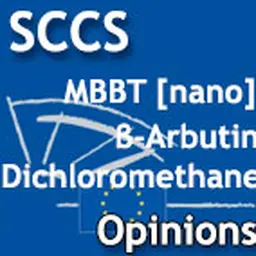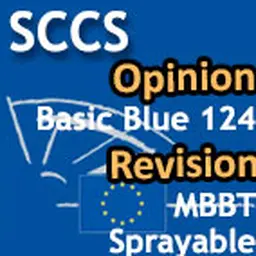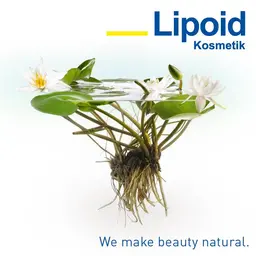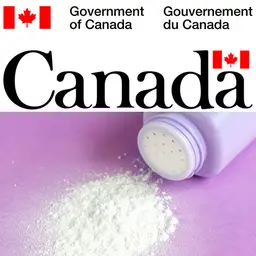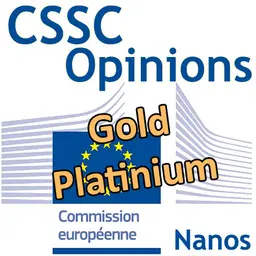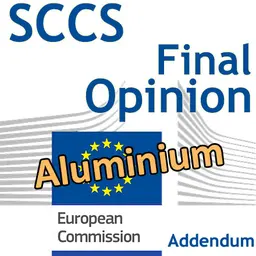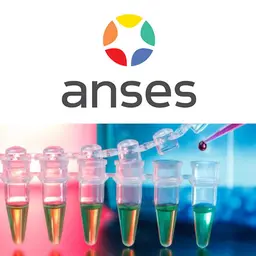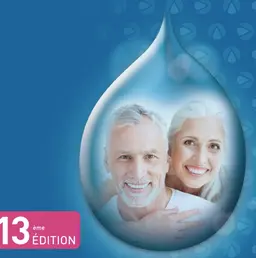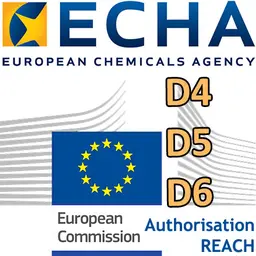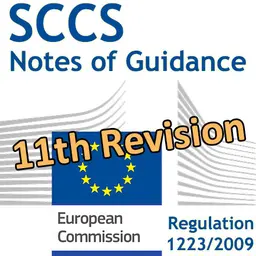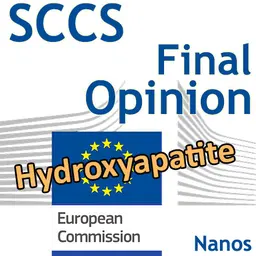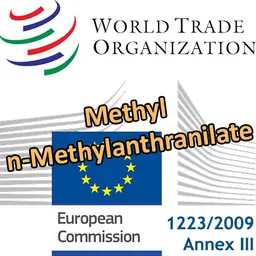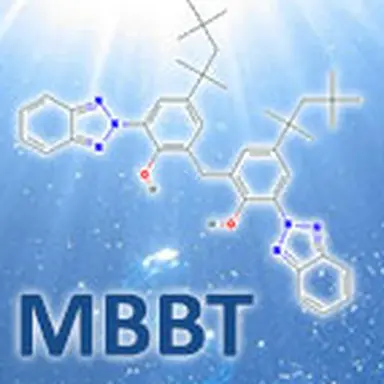
MBBT, referred to in ingredient lists by its INCI name Methylene bis-benzotriazolyl tetramethylbutylphenol, is a very special UV protection agent. It is both a filter and a screen, effective against both UVB and UVA, and is synthetic in origin but in nanoparticulate form. It is considered safe for use in Europe, but with recurrent reservations.
The substance is identified under the chemical name 2,2’-Methylene bis(6-(2H-benzotriazol-2-yl)-4-(1,1,3,3-tetramethylbutyl)phenol). It is also known as Bisoctrizole, the INCI name for Methylene bis-benzotriazolyl, the trade name for Tinosorb®M, or simply by the abbreviation MBBT.
In its nanoparticulate version, this yellowish powder is a white viscous dispersion, the manufacturing process of which involves Decyl Glucoside (as a dispersant), Propylene Glycol and Xanthan Gum (as a stabiliser). It is used for its UV protection properties, mainly in sun creams but also in skin lightening products or “SPF” skin care and make-up. It is permitted in cosmetic products up to a maximum of 10% in Europe.
The multi-card UV protection
From the point of view of a cosmetic formulator, MBBT has multiple advantages. Its structure and properties make it a truly unique UV protection.
Chemical and physical
MBBT has the (rather rare) characteristic of covering a broad UV spectrum, providing protection in the wavelengths from 280 to 400 nm, i.e. against both UVA and UVB.
It owes this property to its unique hybrid structure, which is organic but includes microparticles up to nano size like mineral screens (Titanium Dioxide, Zinc Oxide). It can thus “cumulate” the axes of protection, chemical and physical, by absorbing …



